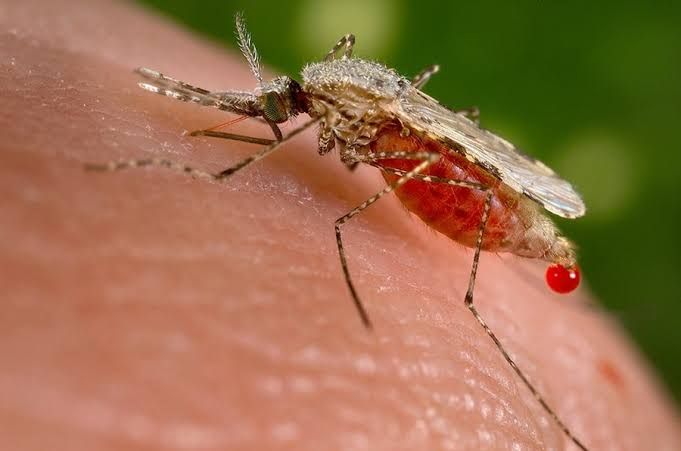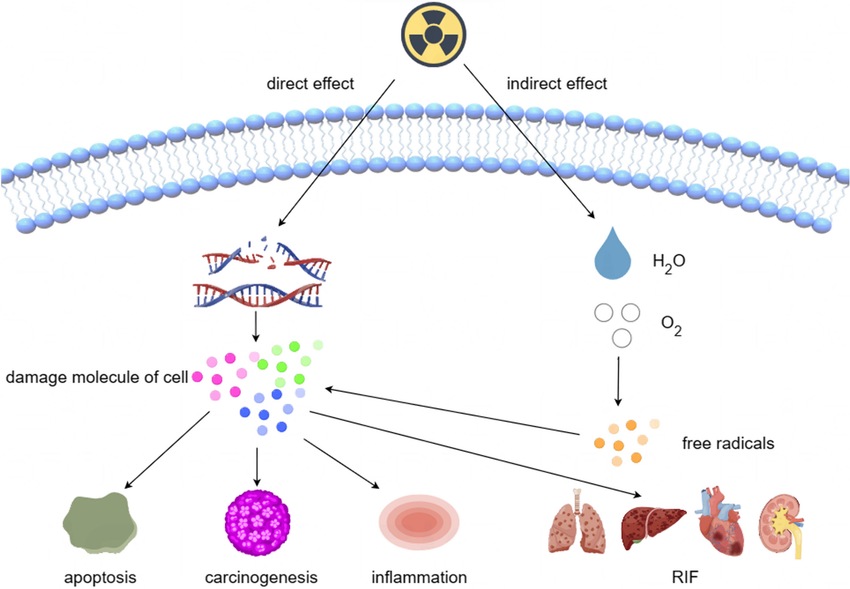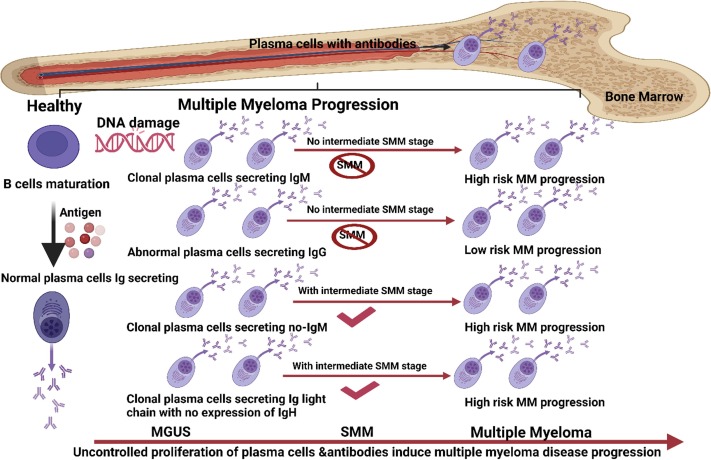
Malaria is a life-threatening disease caused by parasites of the genus Plasmodium, which are transmitted to humans through the bites of infected female Anopheles mosquitoes. It is characterized by symptoms such as fever, chills, and flu-like illness, and can lead to severe complications if not treated promptly.
Types of Plasmodium Species Causing Malaria
There are five species of Plasmodium that can infect humans and cause malaria, each with distinct characteristics and implications for health.
1. Plasmodium falciparum (P. falciparum)
P. falciparum is the most prevalent and dangerous species responsible for the majority of malaria-related deaths worldwide. It is particularly common in Sub-Saharan Africa but can also be found in parts of Southeast Asia and South America. Infections with P. falciparum can lead to severe complications, including cerebral malaria, acute respiratory distress syndrome, and multi-organ failure. The parasite’s ability to rapidly multiply in the bloodstream contributes to its virulence, making it essential for prompt diagnosis and treatment.
2. Plasmodium vivax (P. vivax)
P. vivax is the second most common species and is primarily found in Asia, Latin America, and some parts of Africa. Unlike P. falciparum, P. vivax can remain dormant in the liver as hypnozoites, leading to relapses months or even years after the initial infection has resolved. Symptoms associated with P. vivax infections are generally less severe than those caused by P. falciparum, but they can still result in significant morbidity due to recurrent episodes.
3. Plasmodium ovale (P. ovale)
Similar to P. vivax, P. ovale also has a dormant liver stage that allows it to cause relapses after initial infection resolution. This species is less common than both P. falciparum and P. vivax, primarily found in West Africa and some regions of Southeast Asia. The clinical manifestations are often mild but can still lead to complications if left untreated.
4. Plasmodium malariae (P. malariae)
This species has a wide geographic distribution, being found in Africa, South America, and parts of Asia; however, it is less frequently associated with severe illness compared to other species like P.falciparum. Infections with P.malariae can lead to chronic malaria characterized by periodic fevers every three days due to its unique life cycle pattern.
5. Plasmodium knowlesi (P. knowlesi)
Originally identified as a parasite infecting macaque monkeys in Southeast Asia, P. knowlesi has been increasingly recognized as a zoonotic pathogen capable of infecting humans as well. Although it typically causes milder symptoms than P.falciparum, severe cases have been reported, making awareness crucial for populations living near forested areas where these monkeys reside.
In summary, while all five species of Plasmodium can cause malaria in humans, their geographical distribution, clinical severity, and potential for relapse vary significantly among them.
Pathogenesis of Malaria
The pathogenesis of malaria is primarily driven by the lifecycle of the Plasmodium species, which involves two hosts: the female Anopheles mosquito and humans.
- Infection Initiation: The cycle begins when an infected female Anopheles mosquito bites a human, injecting sporozoites into the bloodstream.
- Liver Stage: The sporozoites travel to the liver, where they invade hepatocytes (liver cells). Depending on the species, they may either multiply rapidly or remain dormant:
- P. vivax and P. ovale can form hypnozoites, which are dormant forms that can reactivate later.
- P. falciparum, P. malariae, and P. knowlesi do not have this dormant stage.
- Blood Stage: After a period of development in the liver (about 1-2 weeks), the parasites enter the bloodstream as merozoites, where they invade red blood cells (RBCs). Inside RBCs, they undergo asexual reproduction:
- This leads to the rupture of RBCs, releasing more merozoites into circulation, which can infect additional RBCs.
- The destruction of RBCs results in anemia and contributes to symptoms such as fever and chills.
- Severe Disease: In cases of P. falciparum infection, severe complications can arise due to:
- Cerebral malaria: caused by sequestration of infected RBCs in cerebral vessels leading to neurological symptoms.
- Multi-organ failure: including liver and kidney failure due to systemic inflammation and immune response.
- Immune Response: The host’s immune response plays a crucial role in controlling infection but can also contribute to pathology through inflammatory responses.
Laboratory Tests for Malaria Diagnosis
Several laboratory tests are utilized for diagnosing malaria:
- Microscopy:
- Blood smears stained with Giemsa stain allow for visualization of parasites within RBCs.
- Thick smears are used for screening; thin smears provide species identification.
- Rapid Diagnostic Tests (RDTs):
- These tests detect specific antigens produced by Plasmodium species in blood samples.
- They provide quick results but may not differentiate between species effectively.
- Polymerase Chain Reaction (PCR):
- PCR is a molecular technique that amplifies DNA from Plasmodium species present in blood samples.
- It is highly sensitive and specific but requires specialized laboratory facilities.
- Serological Tests:
- These tests detect antibodies against Plasmodium antigens but are less commonly used for acute diagnosis due to delayed antibody response.
- Complete Blood Count (CBC):
- A CBC may show anemia due to hemolysis and thrombocytopenia (low platelet count), which are common findings in malaria infections.
In summary, understanding both the types of Plasmodium species causing malaria and their pathogenesis is crucial for effective diagnosis and treatment strategies against this significant infectious disease.







